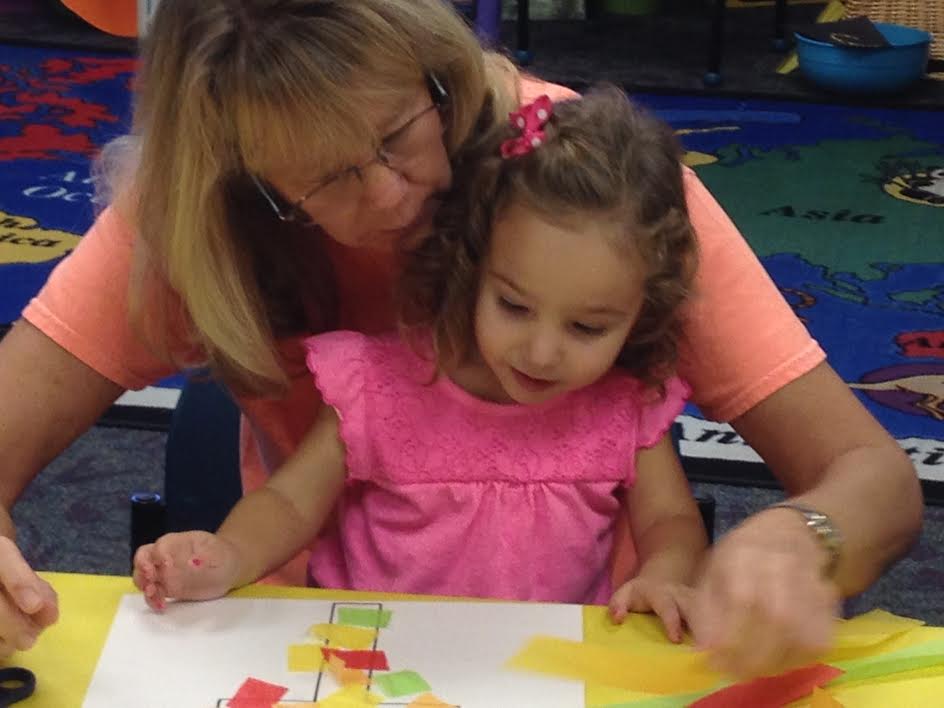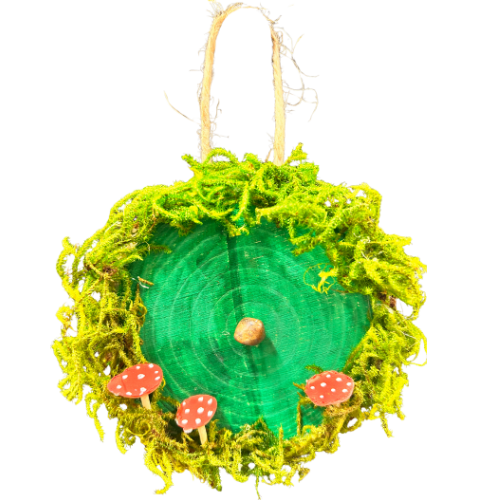Early literacy is a vital aspect of development for children under the age of five. While learning to read is often the first thing that come to mind when thinking of literacy, there is more to early literacy than reading. The Every Child Ready To Read program developed by the American Library Association, focuses of five aspects of early literacy: talking, singing, reading, writing, and playing. Story times at New Castle-Henry County Public Library include all five aspects.
- Talking- Talking to a child helps the child to learn about language. Young children are able to understand spoken language before they are able to talk. By hearing others talk to them, even the youngest child will learn about spoken language. Talking to a child about many different events, ideas, and stories helps the child develop general knowledge. This general knowledge helps a child understand content in books they’ll explore when they are older.
- Singing- Singing develops language skills. In music, sounds are slowed down to allow the child the opportunity to hear words broken up into syllables. Singing helps children learn new words and information in general. Through singing, children also develop listening and memory skills. Singing with a child can be a fun bonding experience.
- Reading- Reading is the single most effective way to help children become proficient readers. If children are read to this creates an enjoyable experience. This experience instills a love of reading in the child, which builds a desire to learn how to read for themselves. Books often use language not used in everyday conversation, so children are introduced to “rare” words, which develops their vocabulary. While being read to, children also develop comprehension and general knowledge.
- Writing- Writing connects closely with reading. Children will learn that printed words stand for spoken words and that this is a form of communication. While young age children aren’t ready to write, scribbling and drawing helps kids acquire writing skills. The development of hand-eye coordination, muscle development, and fine motor skills should be the focus in young children. Additional ways to develop this skill could include tracing in sand, crinkling up newspaper, and playing with play dough.
- Playing- Playing is what children do best. Through the act of playing, children learn about how things work, about language, and the symbolic representation of things. To child, a cardboard box can represent a car and a pan can become a drum. By learning to understand this, children begin to realize that words represent objects or experiences. Play is also a way for a child to practice becoming an adult.
The ages of 0-5 are critical for the future development of children. What children learn during this time lays the foundation for success in both school and life in general. At this age, children are like little sponges, just waiting to soak up as much as possible. And the best thing to remember is that learning at this age can and should be fun.


